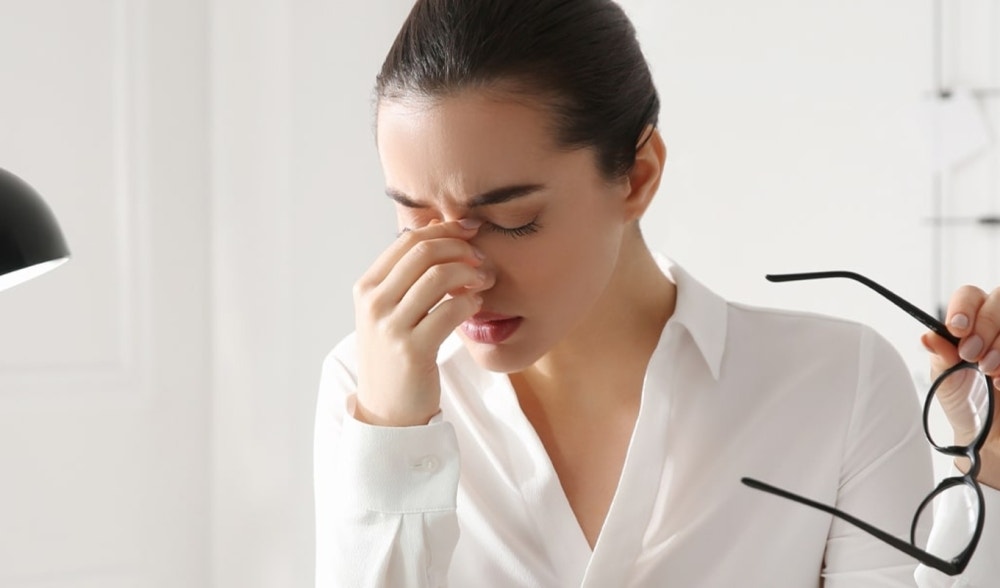The economic well-being and the improvement of the quality of life, for an important part of the world population, can be seen as a natural process of evolution.
However, this has brought to the attention of the scientific medical community the increase of a whole series of pathologies, which are added to the concept of "well-being". What at first glance may seem like an "oxymoron", ie combining the word disease with well-being , unfortunately is increasingly proving to be the reality of the facts. The reasons are to be found in the lack of physical activity, in bad eating habits, in the absence of cognitive stimuli and also in the increase in stress levels, due to the problems we encounter in our working and personal lives. All these factors then add up to a series of uncontrollable external situations, such as pollution, scarcity of truly nutritious food, intensive farming, pandemics and wars ...... As a result, our body and mind accumulate further stimuli negatives.
So what are these diseases and how can we fight them?
Obesity
The most frequent and widespread is certainly obesity. Pathological overweight and obesity is defined as an abnormal or excessive accumulation of fat that presents a real health risk , often accompanied by other disorders such as metabolic syndrome or diabetes .
In recent years, the problem has grown to epidemic proportions, with more than 4 million people dying every year from being overweight or obese: these are the numbers for 2017 according to the global burden of disease. However, the rates of overweight and obesity continue to rise in adults and also in children. From 1975 to 2016, the prevalence of overweight or obese children and adolescents aged 5-19 more than quadrupled, from 4% to 18% globally.
Obesity, as anticipated, is a complex problem with many causes. In most cases, being overweight is caused by a caloric excess, with an imbalance in terms of consumption of foods high in fat and sugars, which are stored in the body in the form of fat. Obesity is an increasingly common problem because the environment we live in makes it difficult for many people to eat healthily and get enough physical activity . The best treatment for obesity remains the combination of calorie restriction (always under the supervision of a doctor or nutritionist) and daily physical activity which can be both aerobic and anaerobic. Per most people, a good compromise could be to train 2.5 to 5 hours a week, the minimum movement necessary to keep our metabolism active and avoid or reduce excess fat.
Hypertension
High blood pressure , or hypertension, rarely has obvious symptoms. But if left untreated, it increases the risk of serious problems like heart attacks and strokes . Blood pressure is recorded as 2 values: systolic blood pressure (represented by the "higher number"), which is how hard your heart pumps blood around your body, and diastolic blood pressure, which is the resistance to blood flow in blood vessels. They are both measured in millimeters of mercury (mmHg).
As far as the treatment of hypertension is concerned, we recommend that you keep the following parameters as a general guide:
- high blood pressure is considered to be between 140/90 mmHg or 150/90 mmHg if you are over 80;
- the ideal blood pressure is generally considered to be between 90/60 mmHg and 120/80 mmHg, while the target for people over 80 is less than 150/90 mmHg.
To this we must always add the individual blood pressure, clearly slightly different for everyone. What is considered low or high for you may be normal for someone else. So never self-diagnose and always contact your doctor for further tests, bearing in mind that hypertension usually develops over time.
Here too, the causes can be of a different nature, even if it is usually the sum of several parameters: unhealthy lifestyle choices , such as smoking and alcohol, together with absent or insufficient physical activity. It should also be remembered that some health conditions, such as diabetes and obesity, can also increase the risk of developing high blood pressure. Apart from the pharmacological treatment, the change in lifestyle has certainly proved to be essential for the treatment of this condition . A balanced diet, regular physical activity, reducing (or rather avoiding!) the consumption of alcohol, quitting smoking and limiting stress are certainly the tips that we all probably know, but which are really fundamental both on a preventive and therapeutic level.
Anxiety
Anxiety is defined as a feeling of fear, dread, and unease. It can cause sweating, tension and restlessness and increase the heart rate at rest. When it is temporary, it represents a normal physiological response, which can be caused by problems related to work, study or important decisions, but for those who suffer from it often (and sometimes daily) we speak of real anxiety disorders. Anxiety disorders are conditions in which the feeling of anxiety does not go away, and indeed can get worse over time. Symptoms can interfere with daily activities such as job performance, school and social relationships. Excluding causes due to health problems, the treatment is psychological and must be carried out by qualified professionals. According to scientific research, balanced nutrition, physical exercise and self-relaxation techniques are proving to be fundamental for this type of ailment. Making some lifestyle changes is definitely a way to help you manage this disorder. At the dietary level, excessive consumption of sugar and alcohol, as well as the abuse of caffeine, have an impact on mood and states of anxiety, making them worse. The abuse of these substances can also lead to low energy levels, nervousness and sleep disturbances.
Stress is also a typical problem that many of us face in everyday life. However, it is possible to learn some useful stress management techniques, such as relaxation and breathing techniques, which can be helpful in dealing with unavoidable stressors. In some cases, exercise can also help reduce the frequency and intensity of panic attacks. Exercise can also be an effective way to release built up physical and mental tension by reducing feelings of fear and worry.
Conclusions
It appears evident that our century is characterized by a series of pathologies and disorders that were certainly not widespread in the generations preceding ours. The reason is simple: in our hemisphere we live in abundance and in large-scale distribution. We are continually surrounded by products of all kinds, tempting food but dense in calories and with few vitamins and minerals. In addition, society always wants us to be good performers, capable of performing excellently, quickly and we are inundated with deadlines.
Illnesses of affluence, i.e. those linked to overeating, physical inactivity, stress and pollution, are characteristic of more developed and high-income countries. In order to reduce both the risk of developing these pathologies and the social and economic costs associated with them, it is essential to implement important and effective prevention measures. It is our task to increasingly disseminate the culture of a healthy and active life, of conscious nutrition and weight control, long before resorting to pharmacological treatment.
Bibliography
Petridou A, Siopi A, Mougios V. Exercise in the management of obesity. Metabolism. 2019 Mar;92:163-1 doi: 10.1016/j.metabol.2018.10.009. Epub 2018 Oct 29. PMID:30385379.
Celik O, Yildiz BO. Obesity and physical exercise. Minerva Endocrinol (Torino). 2021 Jun;46(2):131-144. doi: 10.23736/S2724-6507.20.03361-1. Epub 2020 Nov 19. PMID: 33213121.
Stonerock GL, Hoffman BM, Smith PJ, Blumenthal JA. Exercise as Treatment for Anxiety: Systematic Review and Analysis. Ann Behav Med. 2015;49(4):542-56. doi:10.1007/s12160-014-9685-9
Sarris J, Moylan S, Camfield DA, et al. Complementary medicine, exercise, meditation, diet, and lifestyle modification for anxiety disorders: a review of current evidence. Evid Based Complement Alternat Med. 2012;2012:809653. doi:10.1155/2012/809653
Locke AB, Kirst N, Shultz CG. Diagnosis and management of generalized anxiety disorder and panic disorder in adults. Am Fam Physician. 2015;91(9):617-24.
American Psychiatric Association: Diagnostic and Statistical Manual of Mental Disorders, Fifth Edition. Arlington, VA, American Psychiatric Association, 2013.
Meredith SE, Juliano LM, Hughes JR, Griffiths RR. Caffeine Use Disorder: A Comprehensive Review and Research Agenda. J Caffeine Res. 2013;3(3):114-130. doi:10.1089/jcr.2013.0016


Comments
Write a comment about the article